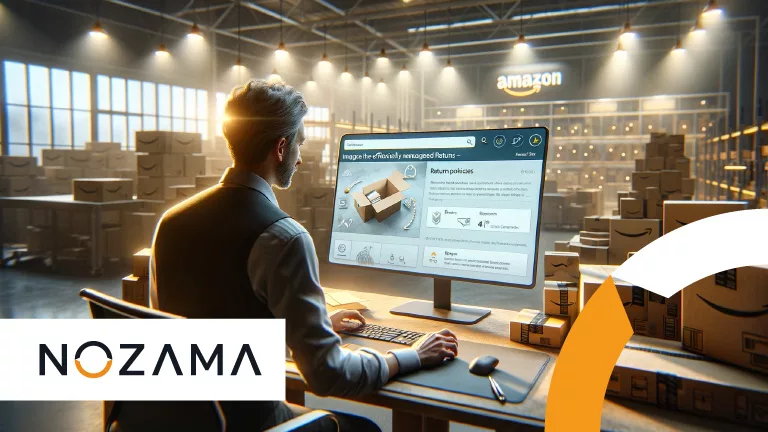
02 Jun Types of Returns in Amazon Vendor and Seller
- For Vendor accounts on Amazon, the reason for returning the products must be contractually typified.
- In seller accounts, the management of the returns process will depend on who is responsible for logistics.
As sellers we must always be receptive to a return of our products on Amazon. It may be that, at some point, the end customer decides to send us back the item they had requested in the first instance. There are multiple factors that can influence this decision, both external to us and our own, so we must be prepared to deal with this type of incident.
On Amazon, depending on the type of account we have, Vendor or Seller, returns can be made and managed in one way or another. Below, we’re going to break down the possibilities offered by both.
Returns to Vendor Accounts
In Vendor accounts, returns are B2B, i.e. merchandise returned to us by Amazon for various reasons after it has arrived at its premises. But there is an important nuance, products will only be returned to us if there are any of these seven reasons:
- Expired: When the product is expired.
- Overstock: Surplus of the product in the Amazon warehouse.
- Customer damaged: product returned by the end customer that is not in good condition to be sold.
- Wharehouse damaged: Damaged product before leaving the Amazon warehouse.
- Vendor damaged: product damaged before it reaches the warehouse.
- Carrier damaged: product damaged in the process of delivery to the customer.
- Defective: Defective product.
And, returns can be of two types:
- Requests: As the name suggests, Amazon makes a return request for the product and you have the power to accept or reject it.
- Return shipping: In this second type, Amazon doesn’t ask and directly sends the item to you. If you don’t agree, you can make a dispute, but you won’t have the option to accept or reject the submission.
Returns to Seller Accounts
In Seller accounts, orders can be managed in two ways: FBM and FBA.
In FBM, the contact between the customer and the seller is direct and therefore, the company must manage the entire returns process. On the other hand, the entity will not charge shipping costs if the purchased product is in poor condition, otherwise, the user must assume them.
While in accounts with FBA logistics products, Amazon itself is responsible for managing the company’s logistics. In this case, the customer will make the return directly to Amazon’s warehouses, pending a review by the seller. The marketplace will only return the product if it classifies it as dangerous goods.
Nozama Solutions specializes in both platforms, we help you introduce your business model into the Amazon universe and meet the sales objectives of your brand or company.
Together Make Amazon Work.


